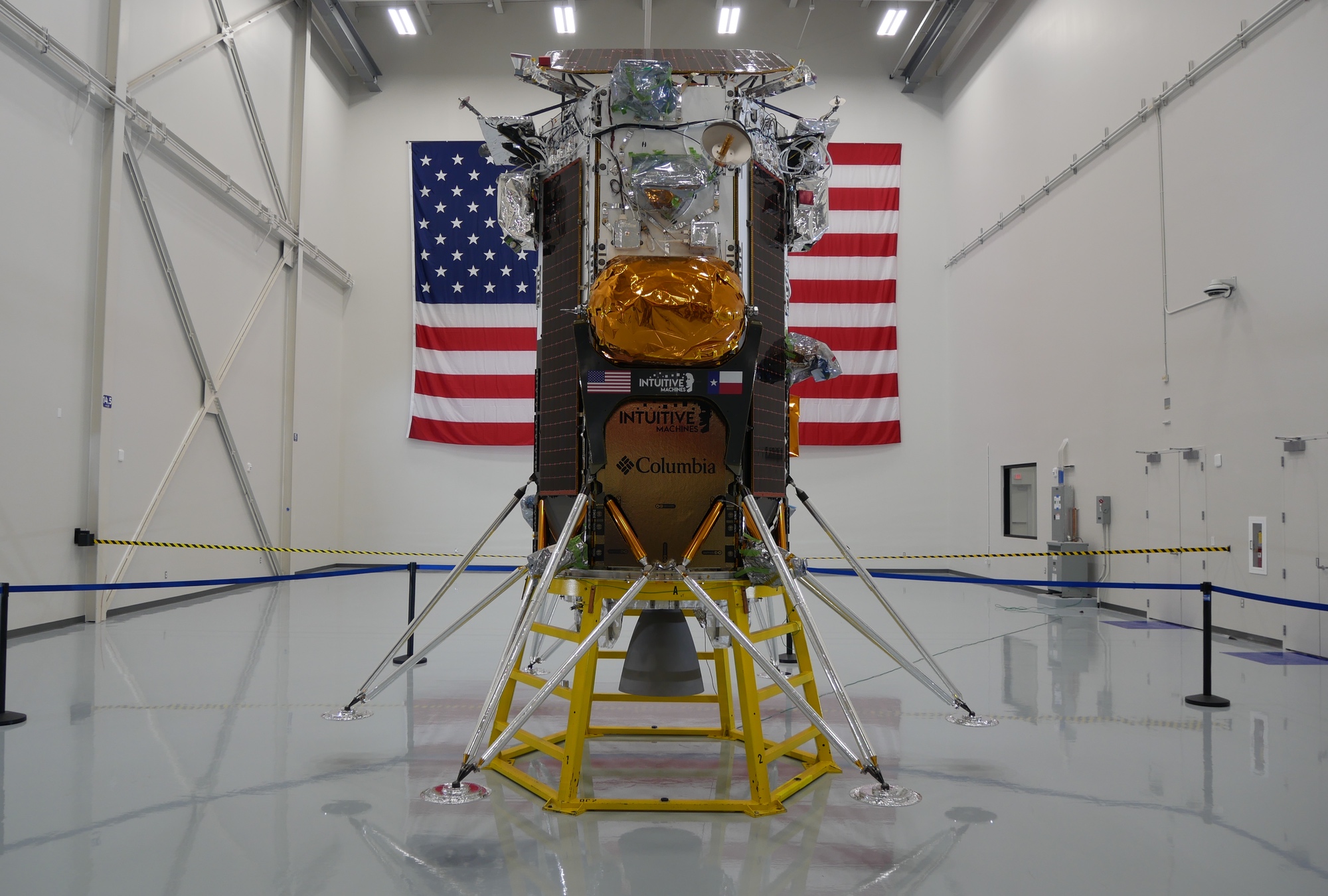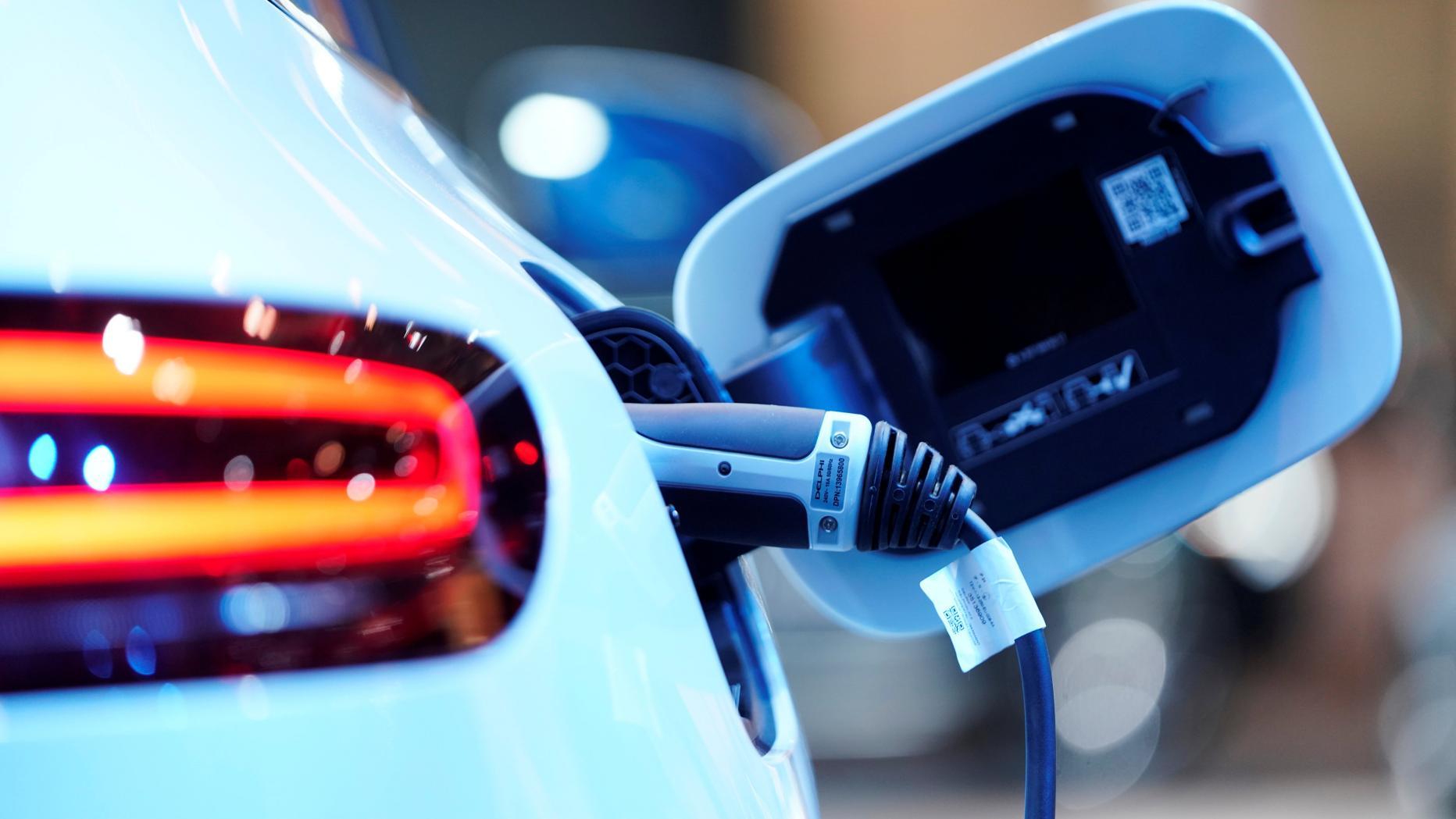Two fundamentally different processes of rocky planet formation exist, but it is unclear which one built the Earth and other terrestrial solar system planets. They formed either by collisions among planetary embryos from the inner Solar System or by accreting sunward-drifting tiny ‘pebbles’ from the outer Solar System. New research shows that the isotopic compositions of Earth and Mars are governed by two-component mixing among inner solar system materials, including material from the innermost disk unsampled by meteorites, whereas the contribution of outer solar system material is limited to a few percent by mass.
Possible scenarios of terrestrial planet formation: in the classic Wetherill-type model of oligarchic growth, the terrestrial planets formed by mutual collisions among Moon- to Mars-sized planetary embryos after the gas disk dissipated and accreted only a small fraction of CC planetesimals, which were scattered inward during Jupiter’s growth and/or putative migration; alternatively, the terrestrial planets may have formed within the lifetime of the gas disk by efficiently accreting ‘pebbles’ from the outer Solar System, which drift sunward through the disk due to gas drag; the two models differ in the amount of outer solar system material accreted by the terrestrial planets, which may be quantified using nucleosynthetic isotope anomalies. Image credit: Burkhardt et al., doi: 10.1126/sciadv.abj7601.
“Our data refute a pebble accretion origin of the terrestrial planets but are consistent with collisional growth from inner solar system embryos,” said Dr. Jan Render, a researcher in the Nuclear and Chemical Sciences Division at the Lawrence Livermore National Laboratory.
“This low fraction of outer solar system material in Earth and Mars suggests the presence of a persistent dust-drift barrier in the disk and highlights the specific pathway of rocky planet formation in the Solar System.”
Determining which of the two processes governed the formation of the terrestrial planets of our Solar System is crucial for understanding the Solar System’s architecture and dynamical evolution, and for placing planet formation in the Solar System into the context of general planet formation processes, such as those observed in exoplanetary systems.
The amount of outer solar system material accreted by the terrestrial planets may be determined using nucleosynthetic isotope anomalies.
These arise from the heterogeneous distribution of presolar matter within the solar protoplanetary disk and provide a record of the heritage of a planet’s building material.
These isotope anomalies permit distinguishing between non-carbonaceous (NC) and carbonaceous (CC) meteorites, which are commonly assumed to represent planetary bodies that accreted in the inner and outer Solar System, respectively.
Dr. Render and colleagues used the recent observation of correlated isotope variations among NC meteorites to show that both Earth and Mars incorporated material unsampled among meteorites, determined the provenance and isotopic composition of this lost planetary building material and used this information to assess the amount of CC material accreted by Earth and Mars.
“The isotopic composition of this type of building material as inferred by our computer simulations implies it must have originated in the innermost region of the Solar System,” said Dr. Christoph Burkhardt, a researcher in the Institut für Planetologie at the University of Münster.
“Since bodies from such close proximity to the Sun were almost never scattered into the asteroid belt, this material was almost completely absorbed into the inner planets and thus does not occur in meteorites.”
“It is, so to speak, ‘lost building material’ to which we no longer have direct access today,” said Dr. Thorsten Kleine, a researcher in the Institut für Planetologie at the University of Münster and the Max Planck Institute for Solar System Research.
“The surprising find does not change the consequences of the study for theory of planet formation.”
“The fact that Earth and Mars apparently contain mainly material from the inner Solar System fits well with planet formation from the collisions of large bodies in the inner Solar System,” Dr. Burkhardt said.
The findings were published in the journal Science Advances.
_____
Christoph Burkhardt et al. 2021. Terrestrial planet formation from lost inner solar system material. Science Advances 7 (52); doi: 10.1126/sciadv.abj7601
Note: This article have been indexed to our site. We do not claim legitimacy, ownership or copyright of any of the content above. To see the article at original source Click Here














